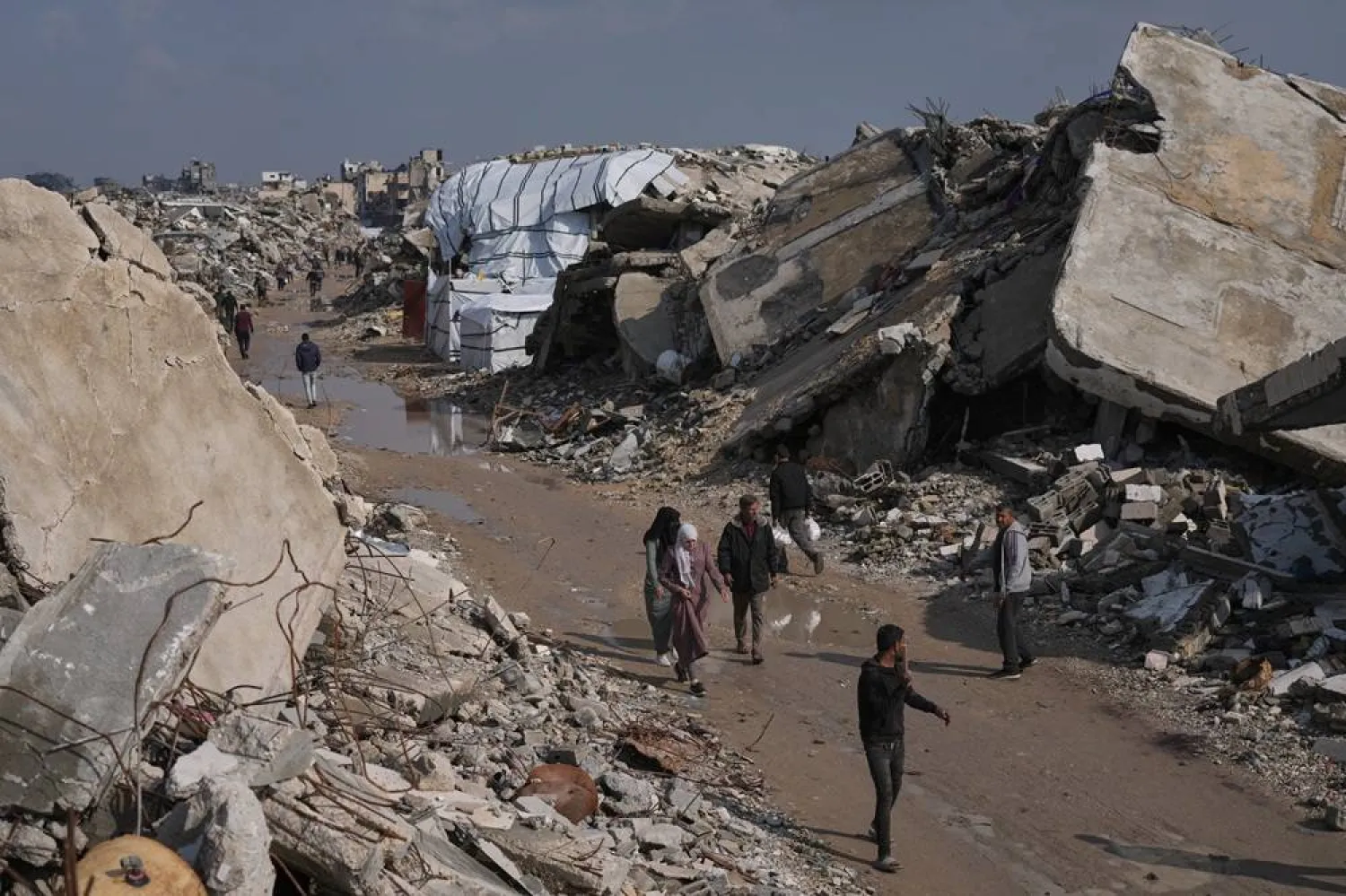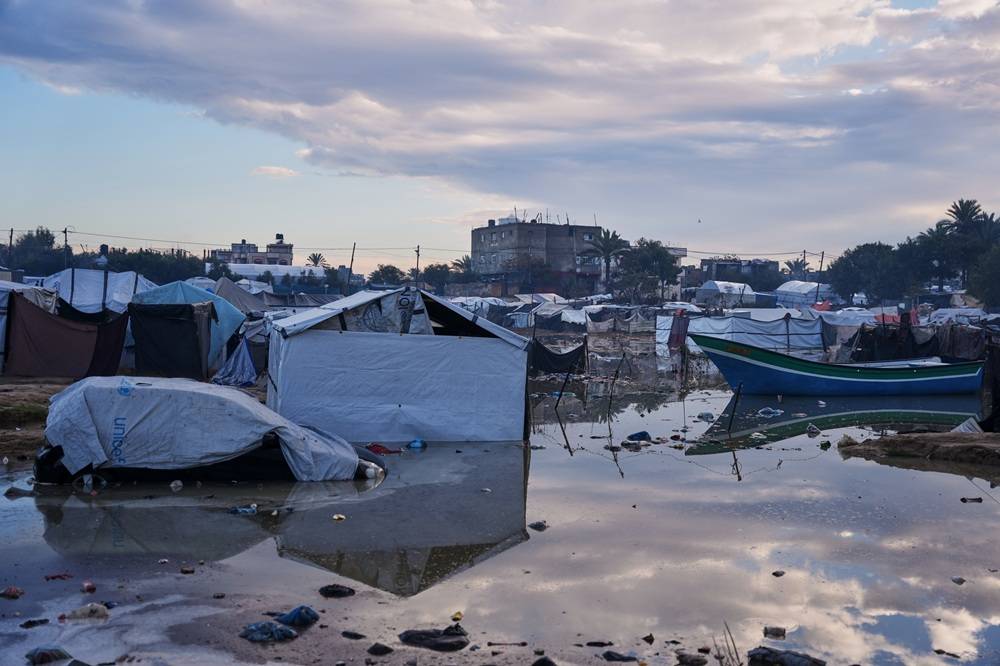The file of individuals implicated in war crimes and human rights violations under the deposed Syrian regime remains one of the most complex challenges facing the new administration in Syria, especially in the absence of official, public lists of wanted persons.
The United Nations Commission of Inquiry on Syria has been investigating war crimes and other violations of international human rights law since the onset of the Syrian civil war in 2011.
Operating remotely, the commission has compiled lists containing approximately 4,000 names of individuals suspected of committing serious crimes. Following his first visit to Syria on January 9, a UN investigator tasked with examining these violations expressed optimism for “productive cooperation” with the new Syrian authorities.
In addition, “Pro Justice,” a Washington-based organization founded in 2019 by Syrian Americans under the sponsorship of defected Syrian Prime Minister Riad Hijab, previously released a “blacklist” before the fall of the regime, naming 100 high-ranking officials from the former regime accused of war crimes committed since 2011. This remains one of the few publicly documented lists, with detailed files outlining the role of each individual in these crimes.
In December, UN investigators announced confidential lists naming 4,000 individuals responsible for serious crimes in Syria. They emphasized the importance of ensuring accountability at the highest levels following the fall of President Bashar al-Assad.
Linnea Arvidsson, coordinator for the UN’s Independent International Commission of Inquiry on Syria, stated: “It is crucial to hold perpetrators of crimes at the highest levels accountable.”
Since the regime’s fall, dozens of “unofficial” lists have circulated, naming and depicting suspects. One prominent list includes 161 names of senior officers and leaders of the former regime, topped by Bashar al-Assad and his younger brother Maher al-Assad, commander of the Fourth Armored Division.
This division, along with Air Force Intelligence, is accused of committing atrocities such as the Daraya massacre in 2012, the chemical weapons attack in Douma in 2013, and other crimes including drug trafficking and managing detention centers tied to these activities.
Nevertheless, arrests have also been made of individuals not listed in these reports. For example, Brigadier General Riyad Hassan, head of Political Security in Damascus, was arrested on December 27. Other arrests include Hayyan Miya, leader of the National Defense Militia in Latakia, and Aws Salloum, known as “Azrael of Sednaya,” who is accused of brutally executing over 500 detainees during the security campaign in Homs and its countryside.
Similarly, Mohammad Nour al-Din Shalloum, accused of destroying surveillance footage from Sednaya Prison, was detained after the regime’s fall, along with the killing of several prison guards.
On December 26, Syrian military forces successfully killed Shujaa al-Ali, infamously known as the “Butcher of Houla,” during clashes in western rural Homs. Al-Ali, who led the largest militia in the region, had spent the last four years engaging in extortion, kidnapping for ransom, and drug trafficking.
Platforms such as the “Wanted List of Former Regime Officers and Militants,” which emerged after the regime’s collapse, continue to monitor suspects and share their names and alleged crimes, primarily targeting well-known militia leaders in their respective regions.
Civil activist Ayman Ahmad from Homs warns that the unregulated circulation of random, unofficial lists on social media poses a significant threat to civil peace. “These lists are a form of incitement to violence and fearmongering, which only complicates the situation,” he said, pointing out reports of over 1,000 arrests during recent security campaigns in Homs neighborhoods.
He added: “As long as arrests are being made based on lists determined by the new administration, even if those lists are not publicly disclosed, we urge a halt to the dissemination of random, unofficial lists. These lists incite indiscriminate violence and deepen social divisions.”










